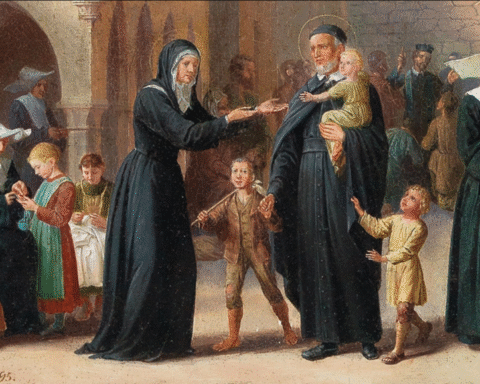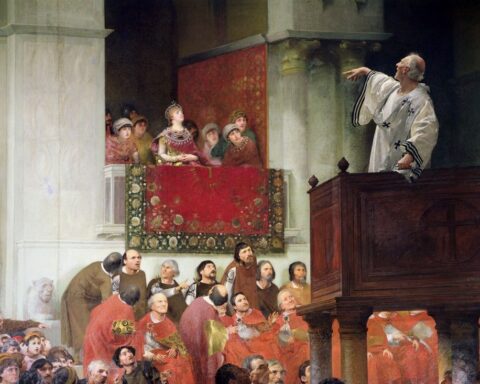For the past 40 years, undocumented immigration has been fueled by a lack of legal avenues for immigrant workers to fill critical jobs in the economy and a failure by Congress to reform the system to create more of those avenues.
A recent study by the Center for Migration Studies (CMS) outlined the role of undocumented workers in high-growth occupations and industries across the U.S.
At the same time, other studies have found that historic drops in immigration, both undocumented and legal, have changed the labor market for the worse.
Meanwhile, another study found that granting legal status to undocumented workers could increase wages for American-born workers. The belief that the deportation of undocumented workers will create opportunities for legal immigrants and U.S.-born workers seems not to be substantiated by this study.
The CMS report concludes the following: “Occupations relying on undocumented workers, both those requiring college degrees and those without degree requirements, are likely to face serious challenges replacing the undocumented workers with native born Americans despite politicians proposing this solution to labor shortages caused by mass deportations.”
Click here to subscribe to our weekly newsletter.
Contrary to popular belief, undocumented workers are well integrated into the labor market, working side by side with U.S. citizens and other legal immigrants. Certainly, not all the work they do is shunned by U.S. workers, but, in effect, these undocumented workers compete for the same jobs with other foreign workers, and usually not American-born. This is primarily due to language and educational requirements. Seldom do these workers displace others in the labor market, as they are typically filling open positions due to a lack of available workers.
In which industries do the undocumented work? More than 20% of the undocumented work in construction; 12% in food services; 11% in manufacturing and administrative support; 10% in waste management; and 8% in retail.
An issue that is not given sufficient attention is the fact of our demographic decline as a nation. Immigration has kept us at an almost even pace with replacement. Without more immigration, however, we will not keep pace with the goal of replacing our population with new births and new immigrants.
Studies conducted on those legalized under the 1986 Immigration Reform and Control Act (IRCA) showed that the newly legalized individuals had a positive effect on the wages of other immigrants and U.S. workers. Their legal status and various industries gave all workers more bargaining power within those same industries.
Two months ago, Peggy Noonan, a staunch Republican commentator and anti-illegal immigration supporter, penned an op-ed in The Wall Street Journal. She ended the piece by saying the following: “The border appears to be closed; hyper vigilance is no longer in order. … Stop picking on them. Cease and desist. Get the bad guys, not the good guys.”
Ms. Noonan has been purported to have been the writer of President Reagan’s “Shining City upon a Hill” speech, which gave America credibility as a beacon of hope for the world. It is not too late to light the lamp again, legalize immigrant workers, and avoid the cost and moral depravity of mass deportations.
Bishop Nicholas DiMarzio, who served as the seventh bishop of the Diocese of Brooklyn, is continuing his research on undocumented migration in the United States.







